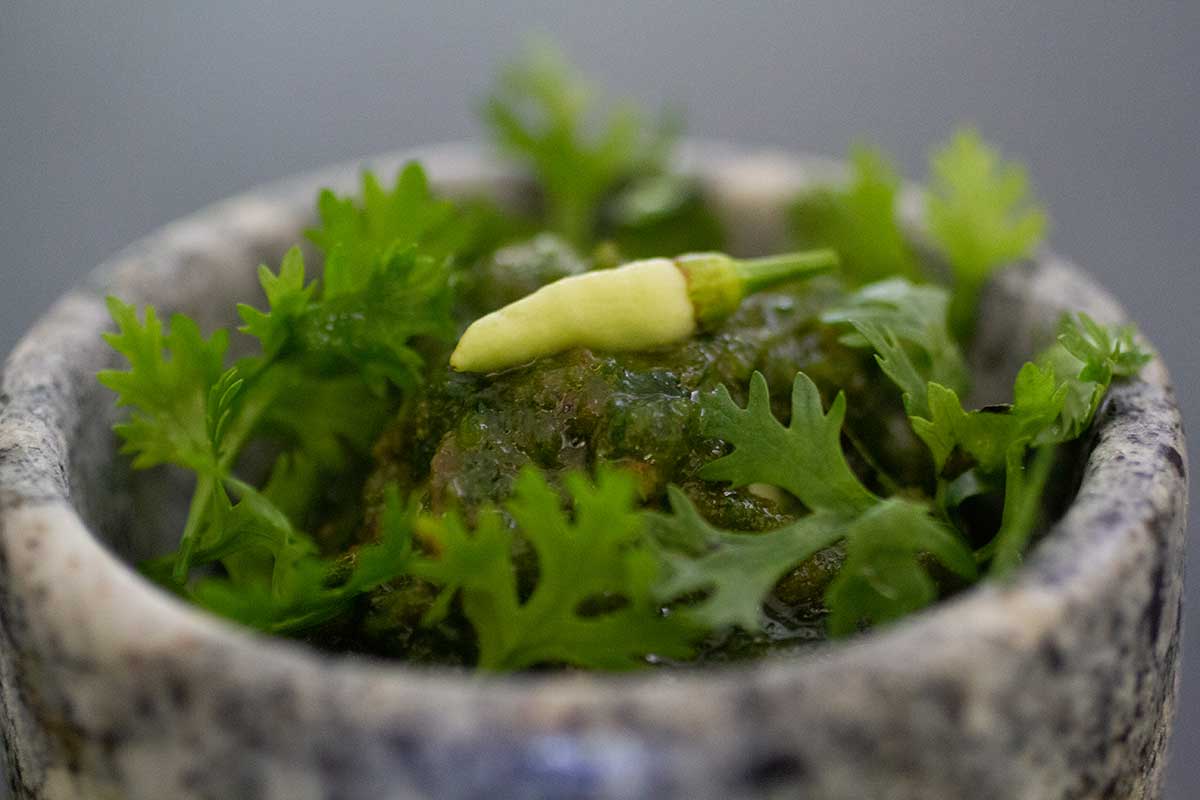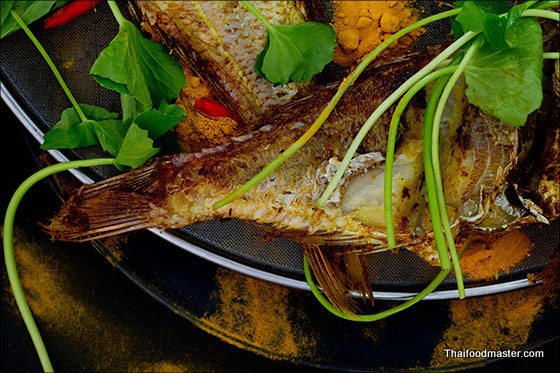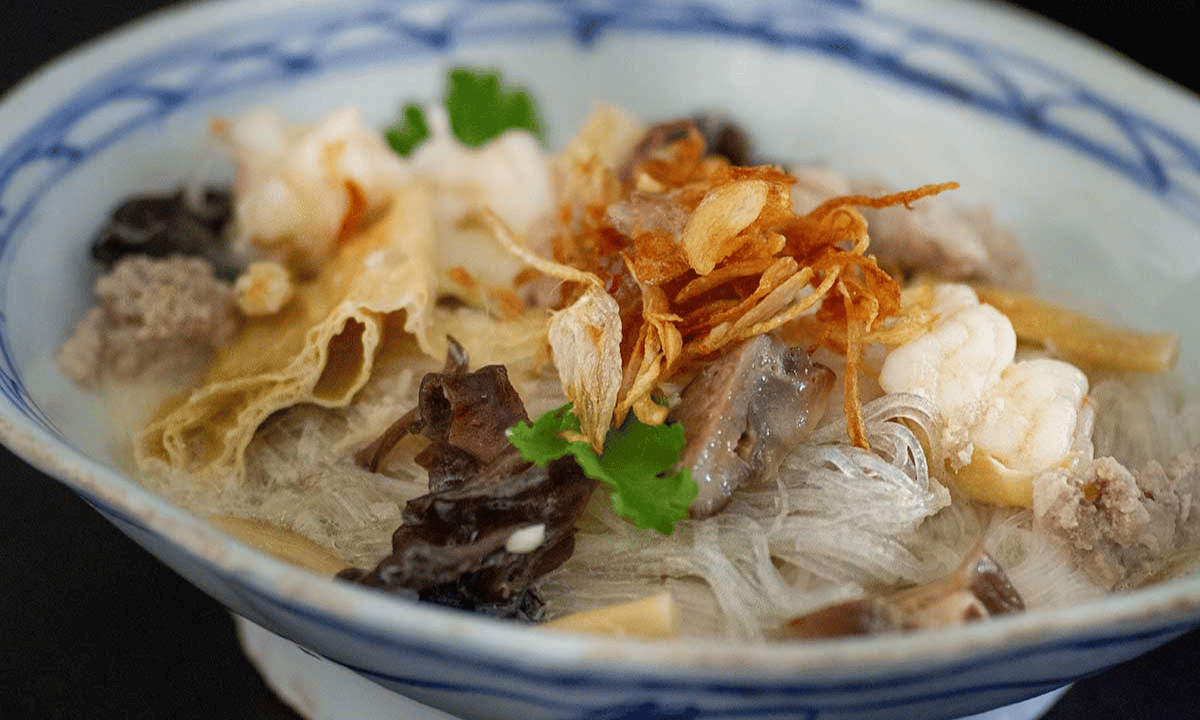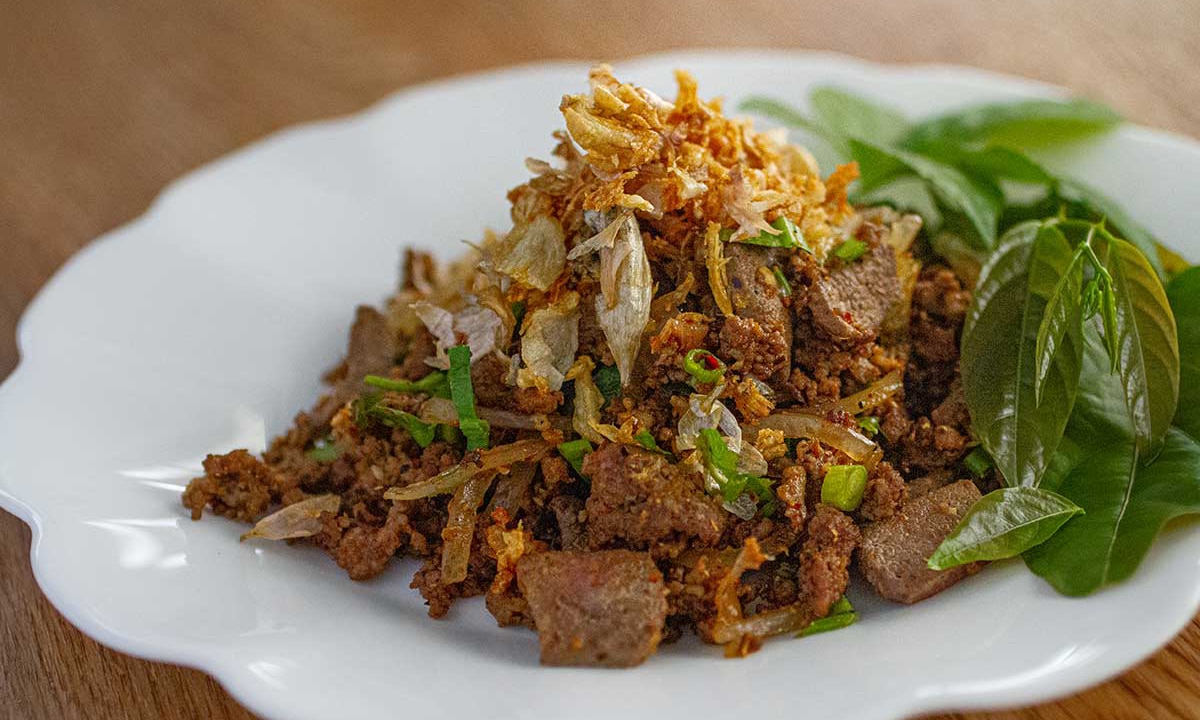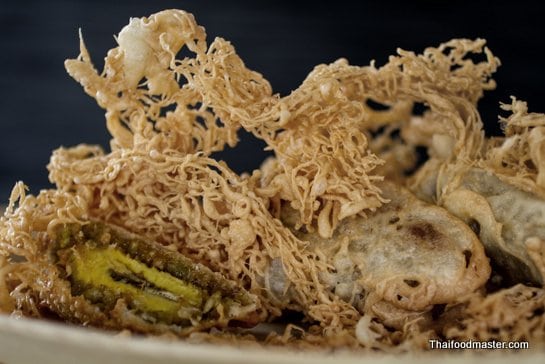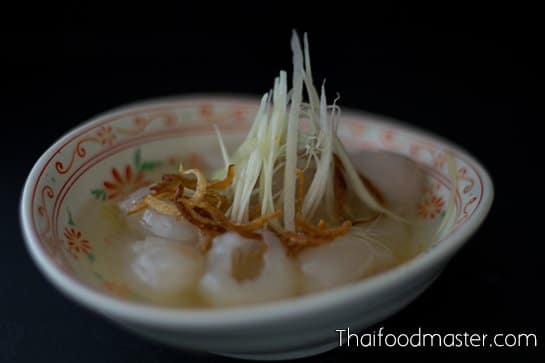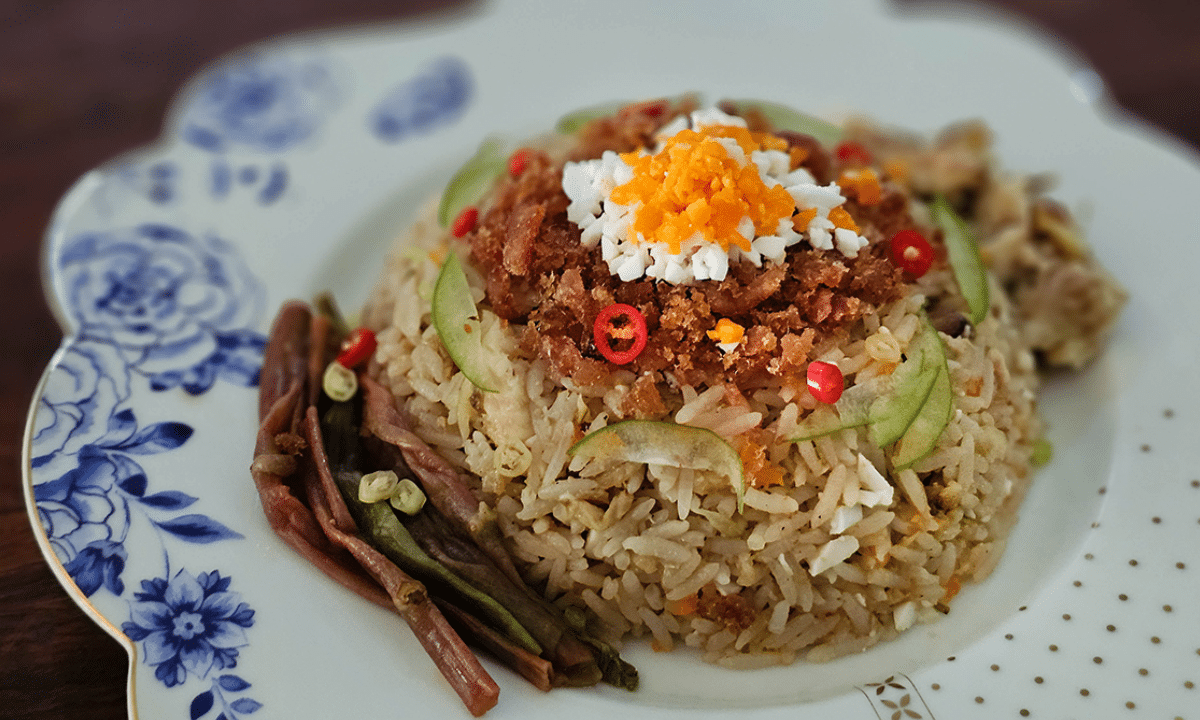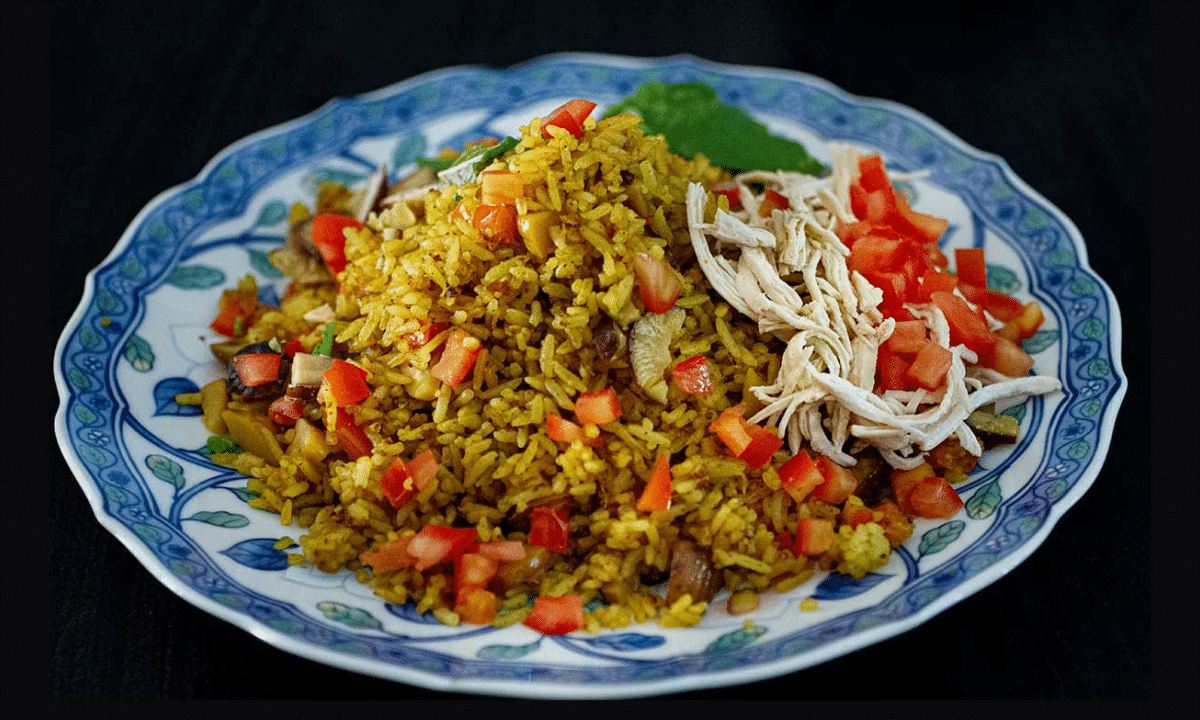
General Information
Codiaeum variegatum is an evergreen shrub or a small tree branching from low down; it can grow up to 3 meters tall but is usually smaller in cultivation.
The plant is sometimes harvested from the wild for local medicinal use. It is often grown as an ornamental in gardens, being especially valued for its vast range of variegated-leaf cultivars. [1]Useful Tropical Plants
Culinary use:
Young leaves are used in Northern Thailand in stir-fried dishes, curries, balanced and served alongside chili relishes or laap dishes.
Known Hazards
This species may be poisonous if consumed in large quantities.
The bark, roots, latex and leaves are poisonous, containing the toxin called 5-deoxyingenol. Chewing the bark and roots is said to cause burning of the mouth.
The latex has caused eczema in some gardeners after repeated exposure. [2]Useful Tropical Plants
Habitat
An understory plant in well-developed lowland and upland rain forest but tends to be more common at the drier end of the rain forest types and is most abundant on soils derived from recent basalt flows; at elevations up to 800 meters.
Medicinal
The leaves are abortifacient, antiamoebic, antibacterial, anticancer, antifungal, antioxidant, emmenagogue, purgative, and sedative. A decoction of the crushed leaves is used in the treatment of diarrhea. Chewing three leaves and then swallowing the juice is used to stimulate menstrual flow, induce an abortion, or facilitate parturition. The leaf sap is drunk and also applied topically to treat a snake bite. The sap of the leaves, combined with coconut milk, is used in the treatment of syphilitic lesions. The young leaves, combined with Pandanus macroieacceretia, coconut milk, and the root sap of Areca catechu, are used in the treatment of gonorrhea. The green liquid from boiled leaves is used as a wash to ease fevers. The sap from the leaves or the bark is used to treat sores and fungal infections. [3]Useful Tropical Plants
A decoction of the root is used in the treatment of gastric ulcers. The root, combined with betel nut (Areca catechu) is chewed as a treatment for stomachache and to give temporary relief from toothache. [4]Useful Tropical Plants
Studies have shown the leaves and shoots to be rich in alkaloids (most abundant), cardiac glycosides, saponins, tannins, cardenolides, flavonoids, steroids and phyllites. [5]Useful Tropical Plants
Phytochemical screening of six clone cultivars showed bioactive constituents that included alkaloids, anthraquinones, flavanoids, terpenes, steroids, phenol, saponins, tannins, phlobatannin and cardenolide, which suggests their use as antibacterial, antiamoebic and antifungal. [6]Useful Tropical Plants
In a study of 55 traditional medicinal plants in Cameroon, only the leaves extract of this species exhibited a clear antiamoebic activity that was more pronounced than the conventional treatment metronidazole.
A study showed the latex to have high molluscicidal activity against freshwater snails. [7]Useful Tropical Plants
The information on this website has been compiled from reliable sources, such as reference works on medicinal plants. It is not a substitute for medical advice or treatment and Thaifoodmaster does not purport to provide any medical advice.
References
